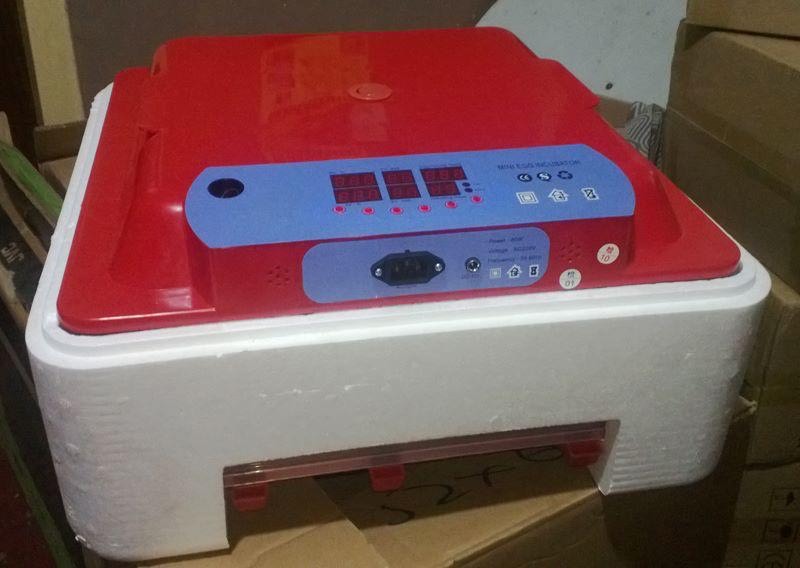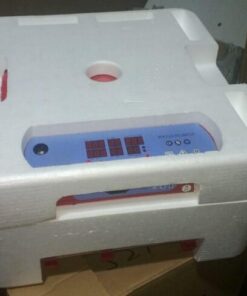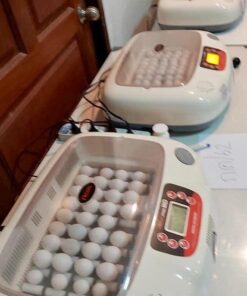Maximizing Success with Your Eggs Incubator
Choosing the Right Eggs Incubator
Selecting the best eggs incubator is the first step toward a successful hatching process. The right incubator ensures optimal temperature, humidity, and ventilation, all of which are crucial for egg development. When choosing an incubator, consider its size, ease of use, and features like automatic turning. A reliable incubator will help you maintain consistent conditions, reducing the risk of unsuccessful hatching.
Setting Up Your Eggs Incubator
Proper setup of your eggs incubator is essential. Start by placing the incubator in a stable environment with minimal temperature fluctuations. Ensure the incubator is clean and sanitized before use. Follow the manufacturer’s instructions for setting the temperature and humidity levels. Most eggs require a temperature of around 99.5°F and a humidity level between 40-50% during the incubation period. Regularly monitor these levels to ensure they remain within the optimal range.
Managing the Incubation Process
Throughout the incubation period, consistency is key. Avoid opening the incubator frequently, as this can cause temperature and humidity drops. If your incubator has an automatic egg-turning feature, make sure it’s working correctly. If not, manually turn the eggs at least three times a day to prevent the embryo from sticking to the shell. The incubation period typically lasts 21 days for chickens, but it can vary for other species. Patience is crucial during this time.
Final Days of Incubation
As hatching day approaches, there are a few critical steps to follow. Increase the humidity level to about 65-70% to help soften the eggshell, making it easier for the chicks to break through. Stop turning the eggs around day 18, as the embryos will be positioning themselves for hatching. Keep a close eye on the incubator, but avoid opening it unless absolutely necessary. The chicks will begin to pip, or break through the shell, and should hatch within 24 hours.
Post-Hatching Care
Once the chicks have hatched, allow them to dry in the incubator for several hours before moving them to a brooder. The brooder should be preheated and provide warmth, food, and water. Ensure the chicks have access to clean water and a balanced diet to support their growth. Monitor the chicks closely during the first few days to ensure they are adjusting well to their new environment.
Common Challenges and Troubleshooting
Even with the best eggs incubator, challenges can arise. Common issues include fluctuating temperatures, humidity problems, and failure to hatch. If you encounter these problems, review the incubator’s settings and make any necessary adjustments. Sometimes, poor hatch rates can result from infertile eggs, so it’s important to start with high-quality, fertile eggs. Troubleshooting these challenges quickly can make a significant difference in your hatching success.
Conclusion
Using an eggs incubator requires attention to detail and consistent monitoring. By following the steps outlined above, you can maximize your chances of a successful hatch. Remember to choose a reliable incubator, set it up properly, and manage the incubation process with care. With the right approach, you’ll soon enjoy the rewards of your hard work as healthy chicks emerge.



